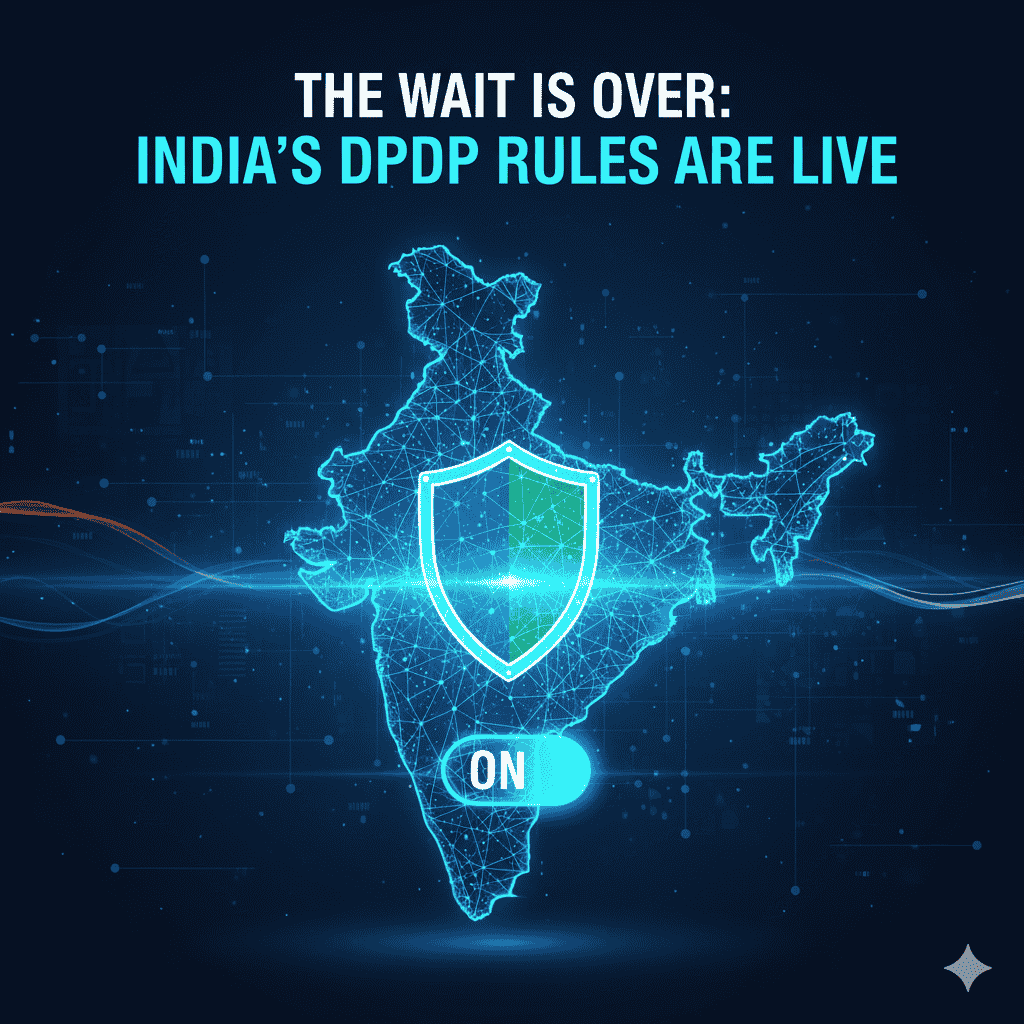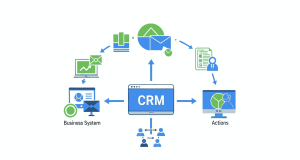From Clicks to Bricks: The Power of Omnichannel Marketing in a Digital Age
In today’s rapidly evolving retail landscape, businesses find themselves at a crossroads where traditional and digital marketing converge. The rise of e-commerce has reshaped consumer behavior, prompting retailers to adopt an omnichannel marketing approach that integrates both online and offline interactions. This strategy not only enhances customer experiences but also strengthens brand loyalty and drives sales. In this article, we’ll explore the significance of omnichannel marketing, its components, and how businesses can successfully navigate this multifaceted landscape.
Understanding Omnichannel Marketing
Omnichannel marketing is a seamless integration of various channels—both digital and physical—allowing customers to interact with a brand in a unified way. Unlike multichannel marketing, which offers multiple touchpoints but lacks cohesion, omnichannel marketing focuses on creating a holistic customer journey across all platforms. This means that whether a consumer engages with a brand through social media, a website, or in-store, the experience remains consistent and relevant.
The Importance of Omnichannel Marketing
Enhanced Customer Experience:
Customers today seek convenience and a seamless experience. An effective omnichannel strategy allows for effortless transitions between online and offline environments. For instance, a consumer might research a product online, visit a store for a hands-on experience, and then complete their purchase through a mobile app. This fluidity enriches the shopping experience and builds customer satisfaction.Increased Brand Loyalty:
Brands that deliver consistent messaging and experiences are more likely to cultivate loyal customers. When consumers feel understood and valued across different channels, their trust in the brand deepens. This loyalty translates into repeat purchases and positive word-of-mouth marketing.Greater Sales Opportunities:
An omnichannel approach opens up multiple avenues for revenue generation. Data indicates that businesses employing omnichannel strategies retain an average of 89% of their customers, compared to 33% for those with weak omnichannel engagement. By meeting customers where they are—whether online or in-store—businesses capture more sales opportunities and increase conversion rates.- Rich Customer Insights:
By integrating data from various channels, businesses can gain a comprehensive understanding of customer behavior. This insight enables more personalized marketing efforts, allowing companies to tailor their communications and offers to individual preferences. Such targeted marketing can significantly boost engagement and conversions.
Key Components of Omnichannel Marketing
Data Integration:
Centralizing customer data from all channels is essential for understanding consumer preferences and behaviors. Brands can leverage Customer Relationship Management (CRM) platforms and advanced analytics to create a unified view of their customers.Consistent Messaging:
Maintaining consistent branding and messaging across all platforms helps reinforce brand identity. Whether through social media posts, email marketing, or in-store signage, the message should be coherent and aligned with the overall brand narrative.Technology Utilization:
In the digital age, leveraging technology is paramount. Businesses can utilize tools like chatbots, mobile apps, and augmented reality to enhance the shopping experience. For instance, virtual try-ons and personalized recommendations can bridge the gap between online browsing and in-store visits.Customer Engagement:
Engaging customers requires proactive communication. Brands should reach out through various channels, providing value through content, special promotions, and personalized offers, enhancing the customer journey.- Feedback Mechanism:
Listening to customer feedback is crucial. Using surveys and monitoring online reviews can help brands refine their strategies and address pain points within the customer journey.
Implementing an Omnichannel Strategy
Assess Current Capabilities:
Evaluate existing channels and how they perform individually and collectively. Identify gaps and areas for improvement.Develop a Unified Strategy:
Create a cohesive plan outlining how various channels will work together. Set clear objectives and measurable goals.Invest in Technology:
Equip your team with the necessary tools. Invest in technology solutions that can integrate data and provide insights into customer behavior.Train Your Team:
Ensure that all employees understand the omnichannel strategy and are equipped to deliver a seamless customer experience. Regular training sessions can help maintain alignment.- Monitor and Optimize:
Continuously track performance metrics and adapt strategies based on customer feedback and behavioral changes. Flexibility is key in a dynamic market.
Conclusion
The dawn of the digital age has transformed the way businesses approach marketing. By adopting an omnichannel strategy, brands can bridge the gap between clicks and bricks, meeting customers where they are and offering a cohesive, engaging experience. As retail continues to evolve, those who embrace the power of omnichannel marketing will not only survive but thrive in an increasingly competitive landscape. In this interconnected world, delivering a seamless customer journey isn’t just a trend; it’s a necessity.









